Market Share
Bacterial Viral Specimen Collection Market Share Analysis
The realm of healthcare and diagnostics is always changing; thus, the Bacterial Viral Specimen Collection Market has to use diverse strategies in order to get a competitive position and market share. The main strategy employed includes continuous innovation in specimen collection methods. This means that companies invest heavily in research and development to introduce improved collection devices for better accuracy and efficiency when collecting bacterial and viral specimens. By selling state of the art specimen collection tools, these firms become renowned leaders. They retain their customers as well as attract new ones who are looking for reliable specimen collection procedures.
What makes an organization successful in the Bacterial Viral Specimen Collection Market is its customer-centric approach. Companies customize their collection devices depending on the needs of different health facilities, laboratories, or patients. Through customization, ease of use and patient comfort matter most. Consequently, this strategy encourages customer’s’ loyalty while bringing on board more clients who may be looking for diagnostic workflows-oriented specimen gathering tools that are also considerate about patient experiences.
Strategic partnerships have a huge role when it comes to expanding market share in the Bacterial Viral Specimen Collection Market. To enhance their credibility and extend their geographical scope, businesses usually form alliances with healthcare institutions, laboratories, and research organizations which they work with hence improving their market perception within them. Reputable partners not only provide access to wider distribution points but also open-up new markets for these firms like never before existed there before. This brings about increased market size since they can utilize their partner’s networks or strength.
In pricing perspective also, the Bacterial Viral Specimen Collection Market is highly significant. It only happens sometimes that some companies concentrate on provision of high quality low cost specimen collection devices from others do not compromise on quality levels even if prices at high levels too because all these approaches have come up due to diverse budgetary concern within respective healthcare units/areas/countries/regions worldwide where provision of affordable but reliable specimen collection tools by such firms captures a huge market share especially in the price sensitive markets. On the other hand, some segments emphasizing advanced features, enhanced safety or specialized applications may use higher prices for their products, targeting those buyers that are willing to pay extra for high quality specimen collection solutions.
Increasing its market position through enlarging its geographical coverage is another significant factor that influence companies’ performance in this sector. In efforts to reach out to infectious disease endemic areas and a growing emphasis on diagnostics, firms operating in the Bacterial Viral Specimen Collection Market would focus on certain regions. Establishing presence in strategic geographical locations means taking advantage of emerging markets while meeting specific diagnostic needs of different regions. Additionally localized manufacturing and distribution contribute towards cost efficiencies and faster response times thereby strengthening a company’s position within a given market.
Moreover, regulatory compliance and adherence to quality standards are critical when it comes to bacterial viral specimen collection industry. The diagnostic significance of specimens makes healthcare providers seek those suppliers who meet rigorous regulatory standards. So, these types of corporations want to be recognized as dependable players within health care ecosystems through obtaining all necessary certifications as well as becoming compliant with global quality standards. Through compliance with diverse rules governing all aspects of operations, organizations expand their footprints into overseas markets thus facilitating customer confidence since they will always meet regulatory expectations.

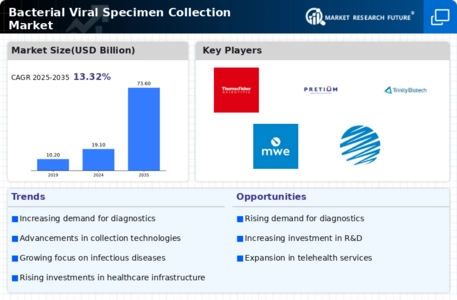
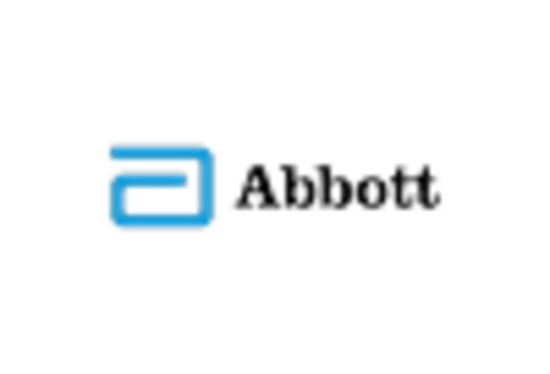
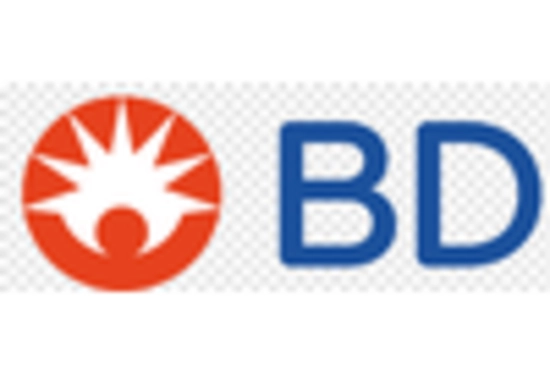
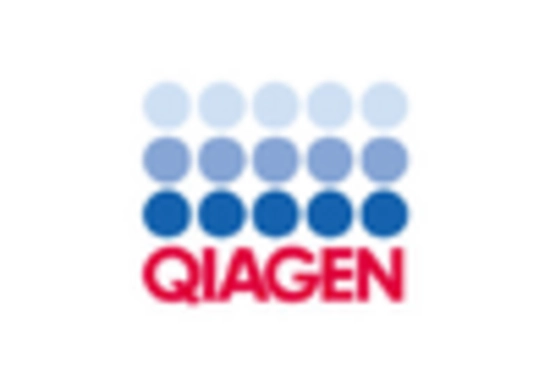
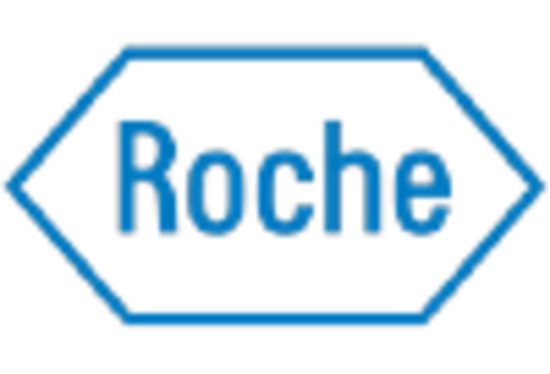
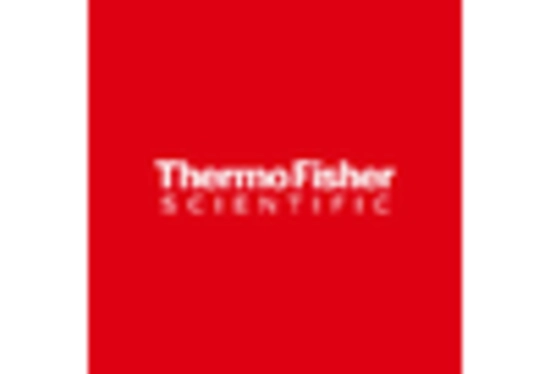
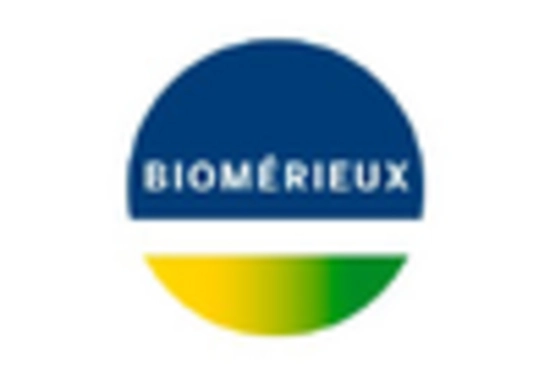

Leave a Comment